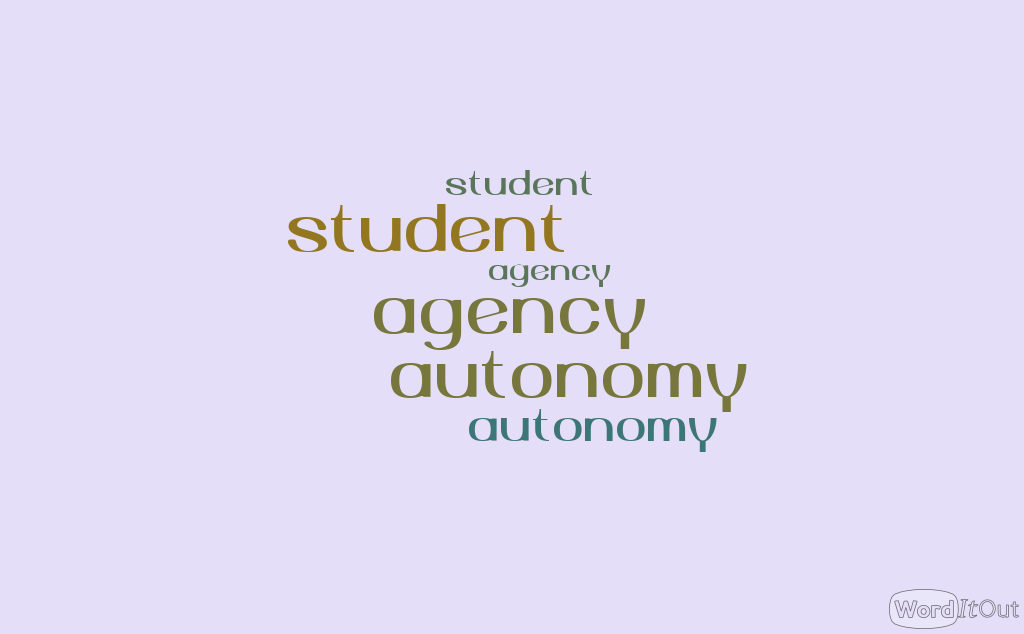Providing students with various platforms and activities where they can voice their learning helps create an engaging learning environment where students feel autonomous in their learning journey. As Gao (2013) suggests, educators can be involved in their learners’ reflective thinking, where they together assess prioritizing students’ “concerns, desires, and visions” (p.236) and examine further “learning paths” (p.236) in order to promote students’ autonomous language learning.
I’d like to suggest a few ways we can create an environment where students can thrive while strengthening their agency and autonomy:
Continue reading






